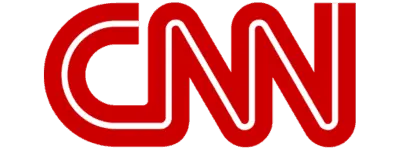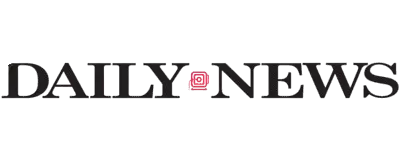As is the case with any vehicle crash, determining who is at fault in a T-bone car accident requires proof of negligence. When a driver causes an accident, they are financially liable for all damages they cause.
If you or a family member suffered injuries in a T-bone crash, our attorneys could help you prove that another party is responsible for the accident. If your case is successful, you could recover damages stemming from your pain and suffering, medical expenses, and other losses related to the accident.
Proving Fault in a T-Bone Car Accident
There are four elements associated with proving fault in a T-bone accident. In order for you to recover compensation for your losses, you must establish that each of these elements was present in your accident.
The elements include the existence of a duty of care, breach of that duty, causation, and damages.
Duty of Care
The duty of care is the starting point for any personal injury case. If the defendant did not owe a duty of care to you, they are not responsible for the injuries you have sustained. While the existence of this duty is heavily litigated in some cases, it is generally not an issue in T-bone accident cases.
Drivers owe each other and passengers of the vehicles a duty to operate their vehicles in a safe manner. There is little doubt that two motorists in the same intersection owe each other and the passengers of the vehicles a duty to abide by all road rules.
Breach of Duty
In order for a plaintiff to be entitled to compensation, they must show that the defendant caused a T-bone accident by breaching the duty of care they owed.
Motorists that are speeding, under the influence of drugs or alcohol, run a red light or stop sign, or fail to yield the right of way have breached their duty of care. Therefore, they can be held liable if they cause an accident as a result.
Causation
Causation is the link between the other elements of negligence. The injuries you suffer in a T-bone crash are only the financial responsibility of the defendant to the extent that the injuries were caused by the accident. In other words, a plaintiff may only recover compensation stemming from the injuries that are linked to the accident caused by the defendant’s breached duty of care.
Damages
The final piece of the puzzle when it comes to proving a negligence case is establishing compensable damages. Even if you can meet the other elements, you are not entitled to monetary compensation unless you can prove you suffered serious injuries and damages as a result of the accident.
There are different types of damages available in each case. In T-bone accident cases, it is common for plaintiffs to seek compensation for pain and suffering, past and future medical expenses, lost wages, and diminished earning power among other losses.
Responsible Parties for T-bone Collisions
It is not enough to determine how an accident occurred to prove your case. That is, you must also identify the party or parties responsible for a T-bone car accident. In some cases, there could be multiple parties that are at fault for a T-bone collision.
The Other Driver
Most of the time, human error is to blame for T-bone accidents. The drivers involved in a crash could have caused your accident in a variety of ways.
These accidents most often occur in intersections, so it is not unusual for collisions to occur when a driver runs a red light or stop sign.
The Driver’s Employer
Sometimes it is possible to pursue a legal case against both the driver and their employer. This type of action is appropriate when the other driver was on the clock or in the course of their employment duties when the crash occurred.
It is also possible to sue the employer when their negligence plays a part in the crash. An employer could be negligent if they hired someone they knew to be a dangerous driver or if they failed to maintain the company vehicle in safe working order.
Government Agencies
A governmental agency might have failed to promptly address any road hazards, broken or defective traffic signals, or clean up any debris on the street, leading to the other driver losing control of the car and crashing into your vehicle.
In that case, the City, State, or local municipality might be liable for your damages. Additionally, the at-fault vehicle may have been owned by a government agency and operated by its employee who was negligent and caused the accident.
Talk to Dansker & Aspromonte Associates LLP About Your T-bone Accident Case
There are a variety of factors that go into determining who is at fault for a T-bone car accident. In addition to developing a theory of negligence after the accident, you must also identify every party that played a part in causing the crash.
Dansker & Aspromonte Associates LLP is ready to help you pursue your case and hold the negligent driver or drivers that caused your crash, including those involved in construction accidents, accountable. To get started, call us at (516) 206-6723 for your free consultation right away. There are no upfront fees involved.





